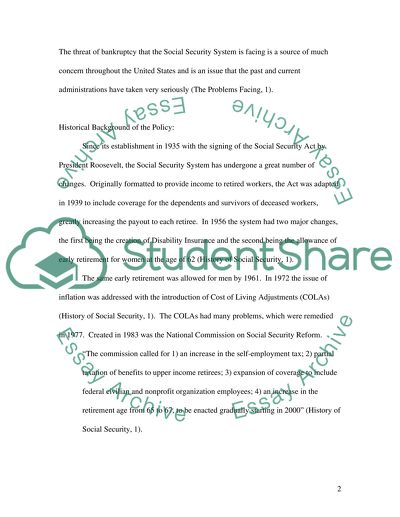Cite this document
(“Social Policy and the Social Security System Essay”, n.d.)
Social Policy and the Social Security System Essay. Retrieved from https://studentshare.org/miscellaneous/1532975-social-policy-and-the-social-security-system
Social Policy and the Social Security System Essay. Retrieved from https://studentshare.org/miscellaneous/1532975-social-policy-and-the-social-security-system
(Social Policy and the Social Security System Essay)
Social Policy and the Social Security System Essay. https://studentshare.org/miscellaneous/1532975-social-policy-and-the-social-security-system.
Social Policy and the Social Security System Essay. https://studentshare.org/miscellaneous/1532975-social-policy-and-the-social-security-system.
“Social Policy and the Social Security System Essay”, n.d. https://studentshare.org/miscellaneous/1532975-social-policy-and-the-social-security-system.


